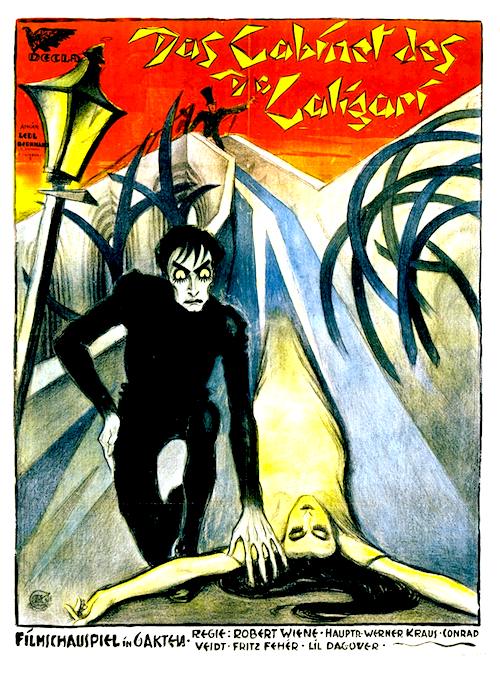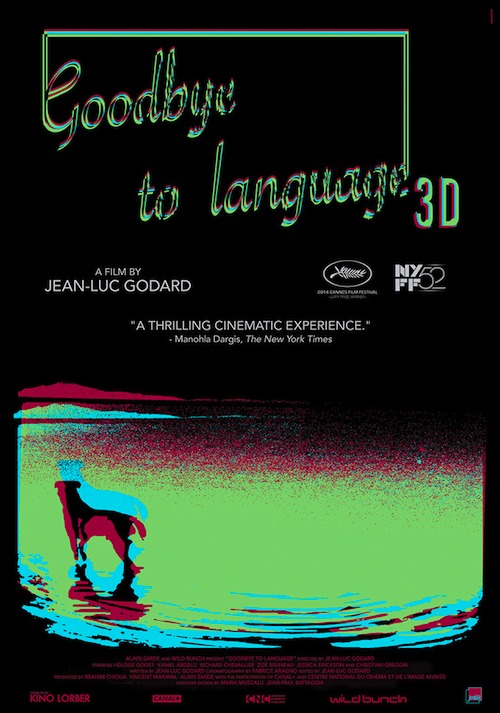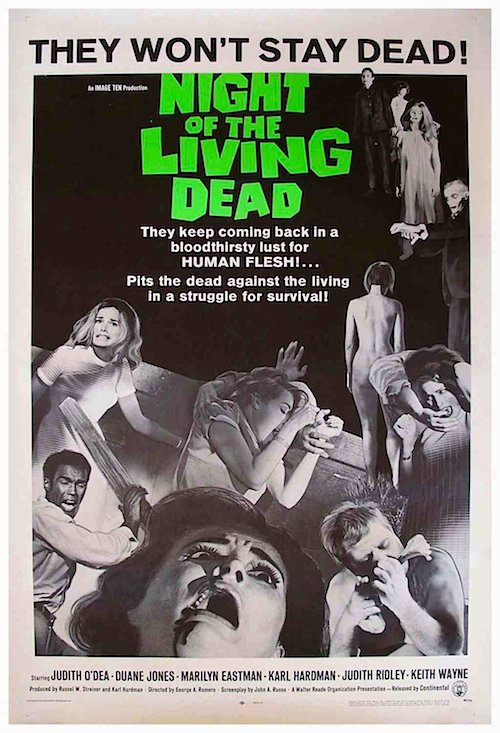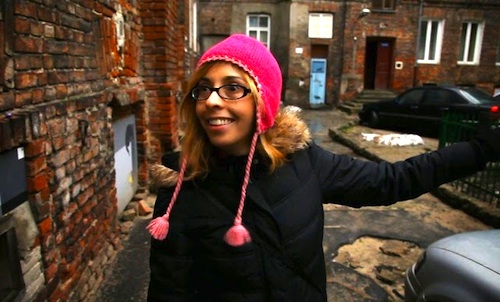
By Joe Bendel. There are three attics in Deborah Logan’s spooky old house, where evil ought to have more than enough room to supernaturally lurk about. However, the best corner for a demonic force to wreak havoc might be within her age-addled soul. A research team shooting a video study of life with Alzheimer’s will end up filming a found footage horror movie in Adam Robitel’s The Taking of Deborah Logan, which is now available on early EST (electronic sell-through), just in time for Halloween, but duly in advance of its DVD release next Tuesday.
Mia Medina’s research thesis postulates that those who care for family members with Alzheimer’s will also face long term health issues of their own, as a result. Sarah Logan appears to be an excellent case study. Dealing with her increasingly erratic mother has her at the end of her tether. Deborah Logan’s tendency to make cracks about her sexuality during lucid moments does not help much either. As a further complication, Mrs. Logan is still proud enough to resent the presence of Medina’s camera crew, but they need the fees provided by her research grant.
Initially, Medina and crew think they are merely documenting Logan’s precipitous decline, but really messed up things start happening. Eventually, Logan is hospitalized when she exhibits violent symptoms not associated with Alzheimer’s. Unfortunately, the madness only gets worse at this point. Oh by the way, you don’t suppose the ritualistic killer who once preyed on children in the neighboring towns could somehow be involved?
Yes, we have been down this dark corridor before, but Taking is shockingly scary nonetheless. Partly it is because Robitel starts the sinister uncanniness slowly, cranking up the intensity subtly and deliberately throughout the first two acts. Frankly, one sly “what the heck” moment is better than a barrage of special effects. Plus, Robitel and co-screenwriter Gavin Heffernan tap into some deeply rooted anxieties regarding the vulnerabilities of age and the resulting deterioration of the faculties. They also play on those traditional horror movie fears of getting done over by a strange unseen force.

Further aiding the cause is a far superior cast of TV veterans than ordinarily found in more-or-less straight-to-DVD releases. Sometimes funny and sometimes profoundly sad, Anne Ramsay (recognizable from Dexter and Mad About You) is terrific as the exasperated Sarah Logan. Likewise Michelle Ang (who co-starred in several long-running Australian shows) brings attitude and edginess as Medina, while it is truly frightening to watch All My Children’s Jill Larsen portray Deborah Logan’s disintegrating body and soul.
Taking is a way more effective film than skeptical horror fans will expect. It is worth noting it was produced by Bryan Singer, which gives it further genre cred (and some extra added meta awkwardness). Highly recommended for Halloween-inspired viewing, The Taking of Deborah Logan is now available via EST (not a New Age cult in Marin County) and releases on DVD next Tuesday (11/4) from Millennium Entertainment.
LFM GRADE: B
Posted on October 29th, 2014 at 11:48am.




